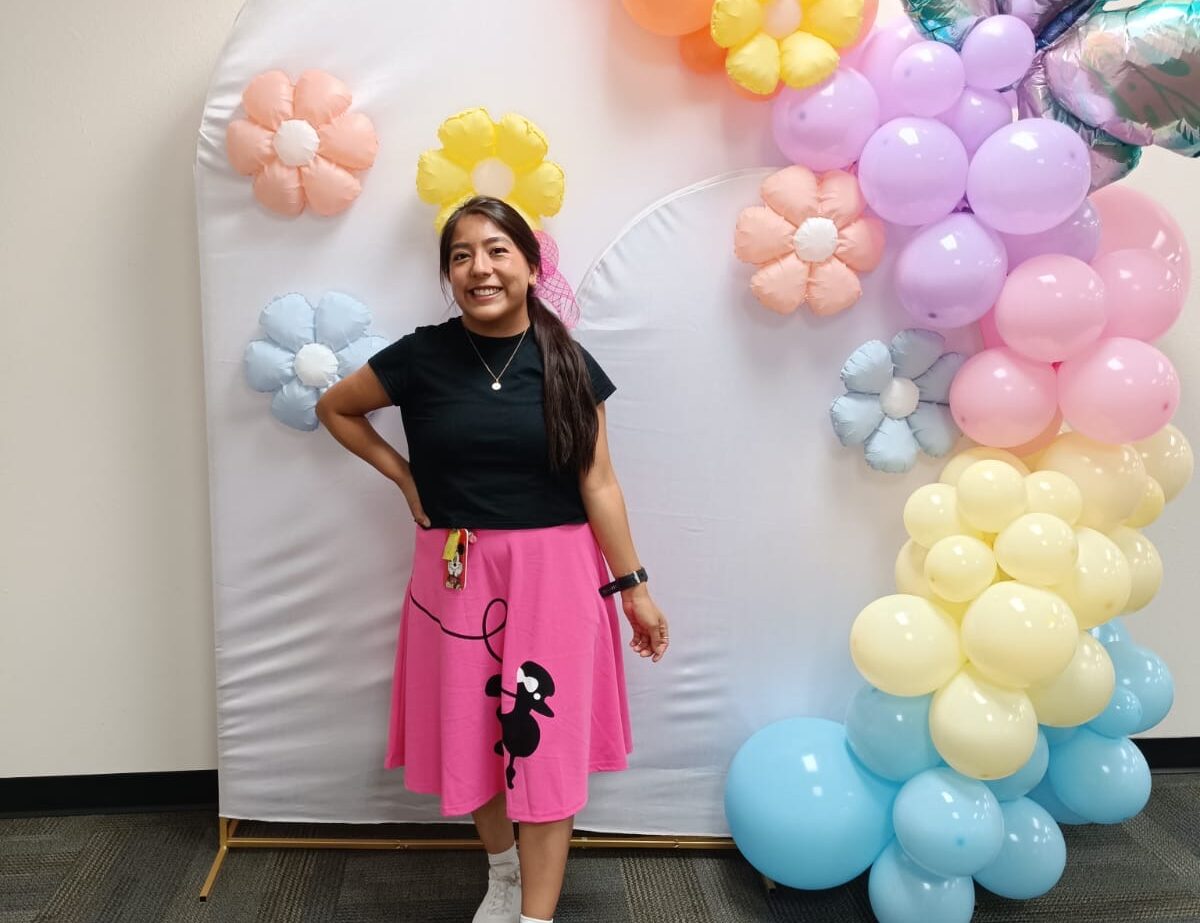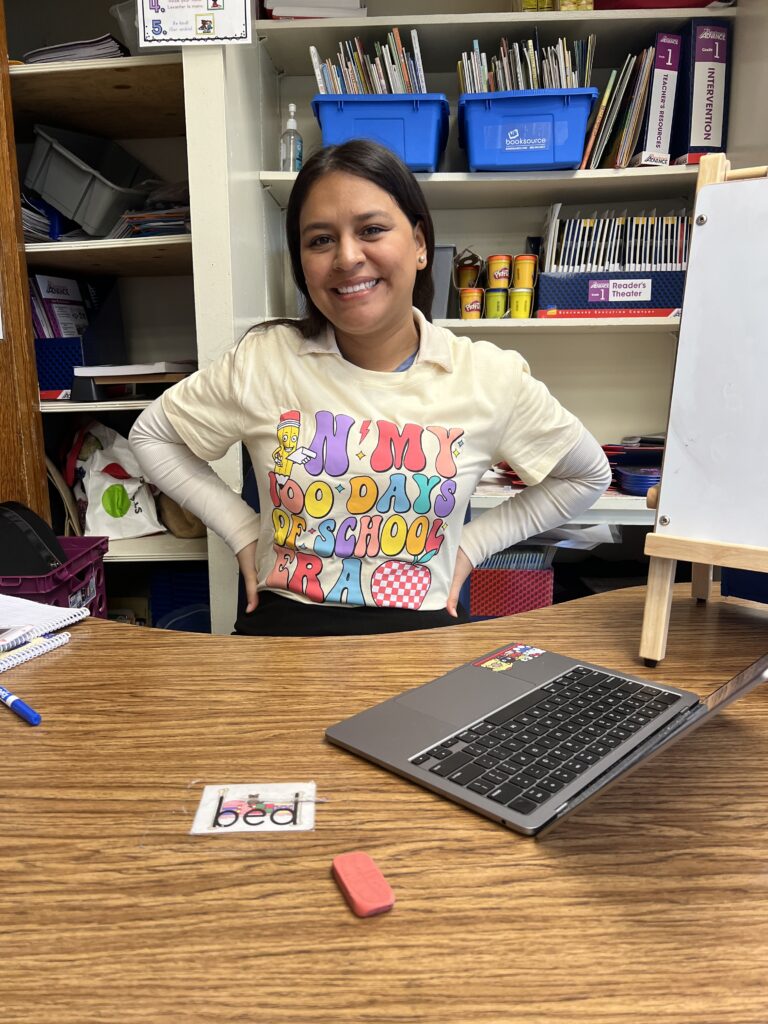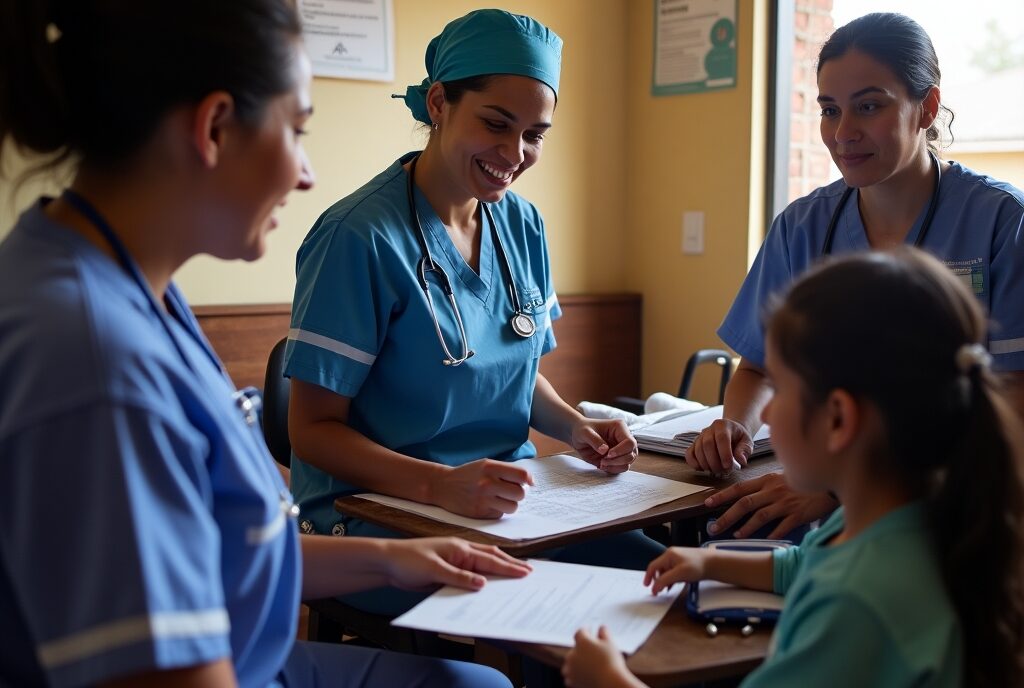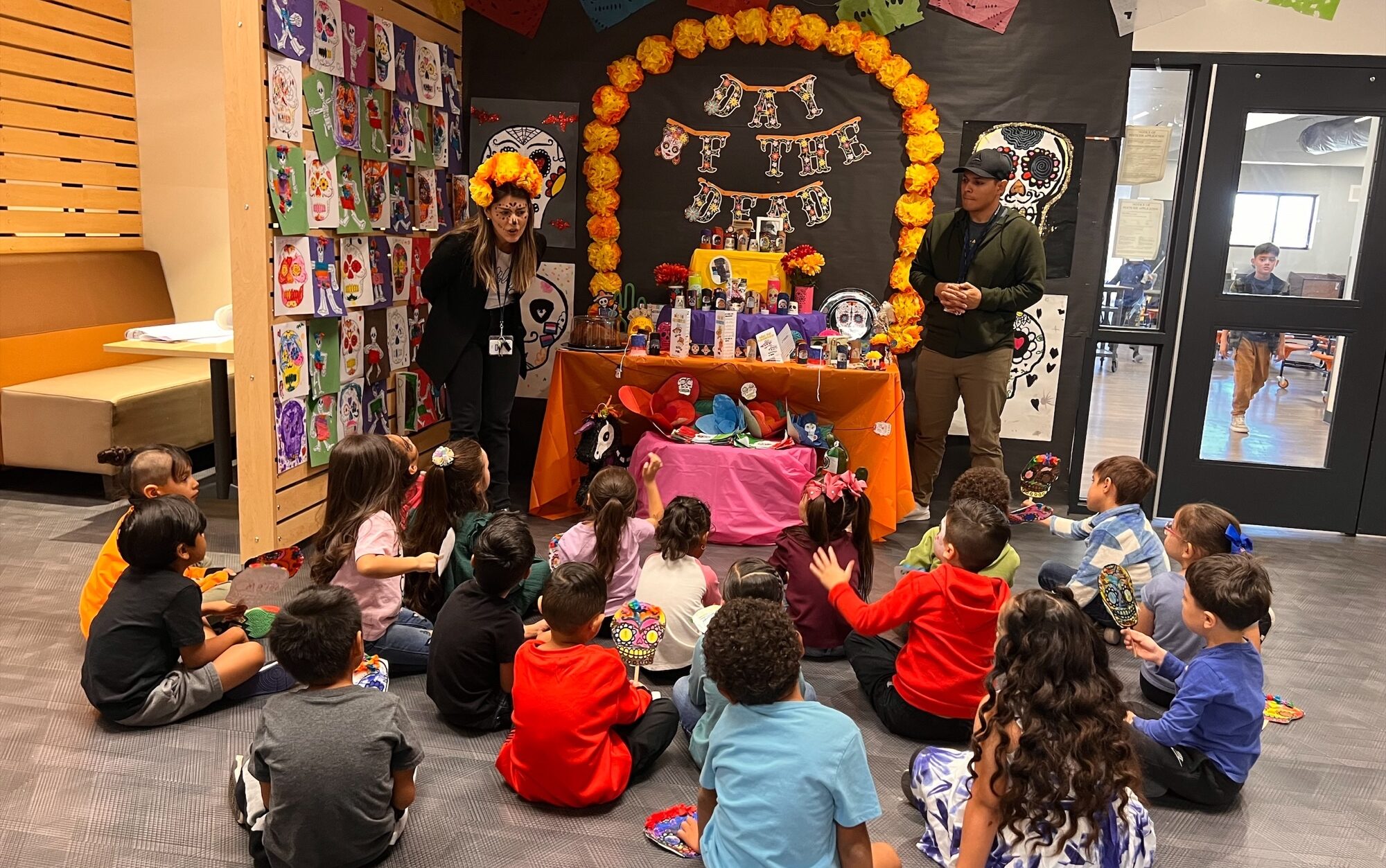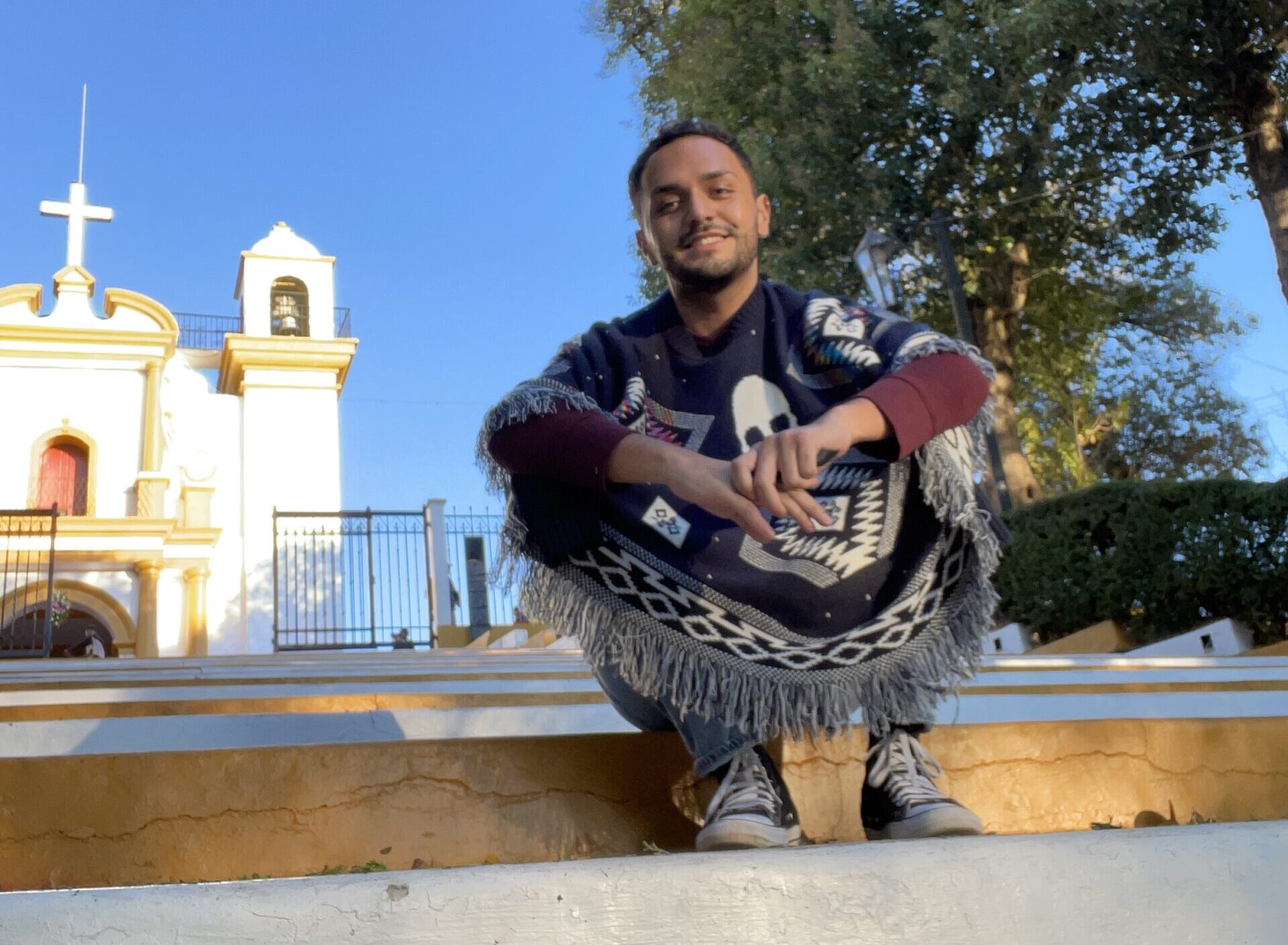Every international teacher brings a unique story, a wealth of experience, and a fresh perspective to the American classroom.
At International Alliance Group (IAG), we’re incredibly proud to be a part of these transformative journeys, helping dedicated educators fulfill their dreams and enriching school communities across the U.S.
Today, we’re thrilled to share the inspiring story of Itzel Rodriguez, a dedicated Special Education teacher from Mexicali, Baja California, Mexico, who is making a profound impact on young lives in Tolleson, Arizona.
Itzel currently nurtures young minds in a self-contained kindergarten classroom, providing individualized support to students with diverse learning needs. Her classroom is a vibrant space where creativity, and heart converge to foster growth and independence.

A Leap for Growth: Why Teach in the U.S.?
For Itzel, the decision to teach in the United States was a dual pursuit of professional and personal growth. Specifically, she sought an environment that offered robust resources and a supportive community. Remarkably, through the IAG program, she found exactly that.
“Through the IAG program, I’ve not only had the chance to work in a supportive and well-resourced setting,” Itzel shares, “but I’ve also met amazing educators from around the world.”
Indeed, this global exchange has been a highlight of her experience. Learning about different cultures and sharing her own has consequently created a unique sense of belonging.
“It truly feels like being part of a global teaching family,” she reflects, highlighting the rich, multicultural tapestry that international educators invariably bring to American schools.
Celebrating Every Small Victory
What truly fuels Itzel’s passion is the daily progress she witnesses in her students. In a self-contained Special Education classroom, every achievement, no matter how small, is a monumental victory.
“Whether it’s learning to express a new emotion, complete a task independently, or build a social connection, these moments remind me why I chose this path,” she explains.
Her work is a testament to the profound difference a dedicated educator can make. Itzel’s commitment to her students, coupled with her international perspective, embodies the spirit of what IAG strives to achieve: bringing world-class talent to classrooms where they are most needed.
Join Our Global Teaching Family
Itzel’s journey is just one example of the incredible opportunities available for international teachers and the invaluable contributions they make to U.S. education.
We are immensely proud of Itzel and all our IAG teachers who are shaping the future, one student at a time.
Are you an international teacher ready to embark on a similar journey? Or perhaps a school district looking to enrich your community with diverse, dedicated educators like Itzel? Therefore, explore how International Alliance Group can connect you to your next incredible opportunity.

